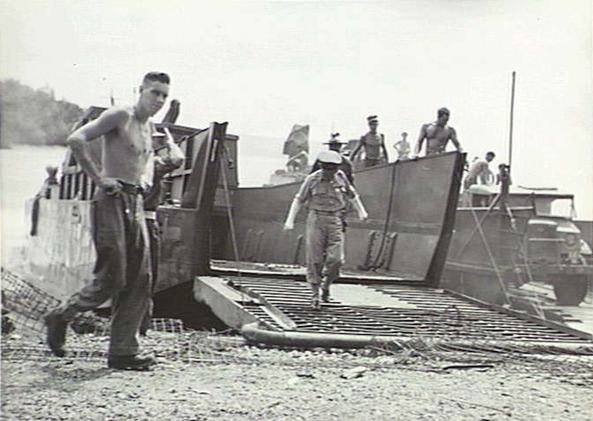Name Raymond Sandover | ||
 | ||
Raymond Ladais Sandover (28 March 1910 – 12 August 1995) was a brigadier in the Australian Army. During the Second World War, he commanded the 2/11th Battalion from 1941 to 1943 and the 6th Australian Infantry Brigade between 1943 and 1945.
Contents

Born on 28 March 1910 at Richmond, London, he was educated at Rugby School and the University of Bonn. In 1929, he joined a Territorial battalion of the East Surrey Regiment. He qualified as a chartered accountant and went on to work for the family business in Perth, Western Australia. At the outbreak of the Second World War, Sandover volunteered to serve with the Second Australian Imperial Force. Joining the 2/11th Infantry Battalion, he subsequently led them through the Battle of Crete.
Promoted to brigadier in May 1943, at the time he was the youngest officer in the Australian Army to hold that rank.
Battle of Crete
Commanding the 2/11th Battalion, Sandover took up defensive positions in the hills around the airstrip of Rethymno, Crete, along with the 2/1st Battalion, supported by elements of 2/3rd Field Regiment, 2/1st Machine Gun Battalion and members of the Cretan Police. Lieutenant Colonel Ian Campbell, commander of the 2/1st Battalion was appointed overall commander of the Rethymno Force.
On 20 May 1941 German paratroopers landed on Crete. The fighting was severe at times as the Australian and Greek units fought to contain the German landings.
Campbell's forces were doing well in comparison with allied efforts on other parts of the island. The 2/11th Battalion along with the Cretan Police were able to force back the German paratroopers to Perivolia in which the 2/11th Battalion, in a series of counter attacks, attempted to drive the German forces from the village.
On 28 May the British main force was in full retreat. Messages to Lieutenant Colonel Campbell informing him of the retreat and evacuation never reached Rethymno. By 29 May the Rethymno force was trapped but had still denied German forces the airfield.
On 29 May Lieutenant Colonel Campbell surrendered but Sandover gave his men the option of either surrendering or, after destroying their weapons, taking to the mountains and escaping from Crete in anyway possible. Many of Sandover's men took the latter option and evaded capture, living in the mountains with assistance from the local civilian population.
Promotions
Sandover was promoted four times from 1941 to 1946.
Commands
Sandover commanded the 2/11th Infantry Battalion, the 6th Australian Infantry Brigade and the Lae Base Sub-area. He retired from military service on 19 January 1946.
Awards and honours
He was Mentioned in Despatches on three occasions and awarded the Distinguished Service Order (DSO) for leadership during the advance to the Wide and Open Bay areas during the New Britain Campaign.
Post-war
After the war he returned to England where he was a director of the family business. He died 12 August 1995 at Surrey, England.
